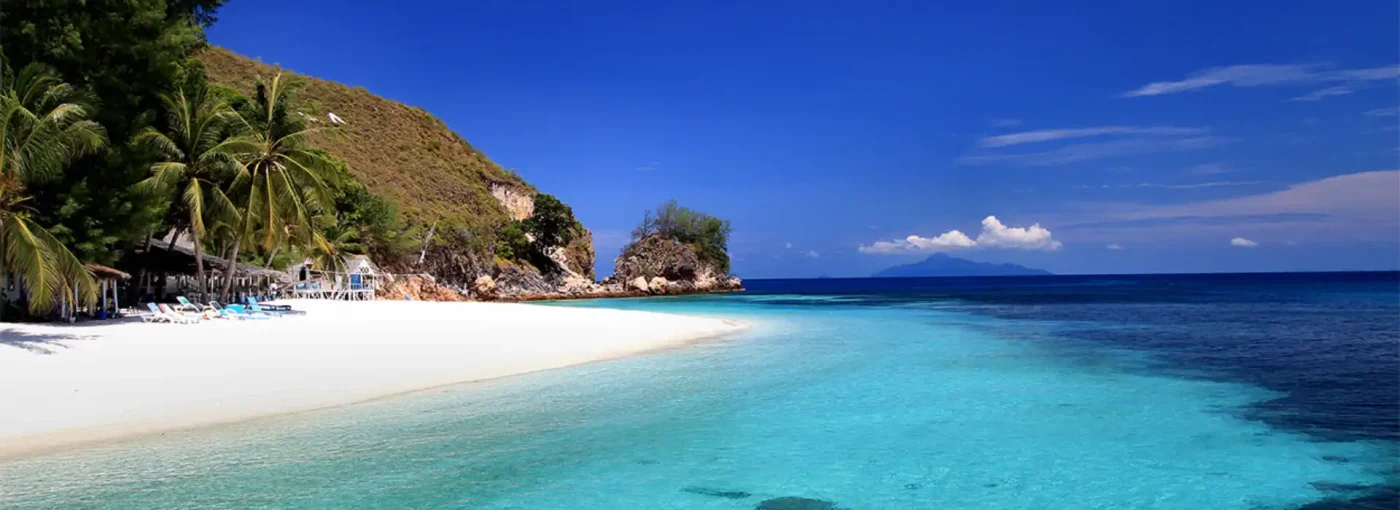As Malaysia prepares for the influx of visitors expected during Visit Malaysia 2026, Penang is taking proactive steps to ensure that tourism in the state remains sustainable and respectful of its rich cultural and natural heritage. State officials and local leaders are urging tourists to adopt responsible travel practices to protect iconic landmarks, religious sites, and the environment while enjoying the vibrant charm of George Town and beyond.
Balancing Tourism with Cultural Respect
Penang, often celebrated as a melting pot of cultures, is home to a UNESCO World Heritage Site in George Town, where historic temples, mosques, churches, and shrines stand as testaments to the state’s diverse religious and cultural landscape. Among these is Leong San Tong Khoo Kongsi, the country’s largest Hokkien clanhouse, which draws countless visitors eager to capture its intricate architecture through photographs and videos. Yet, with this popularity comes the risk of cultural insensitivity if not approached with care.
Wong Hon Wai, the state tourism and creative economy committee chairman, emphasized the importance of mindfulness when visiting such sacred spaces. “Penang is home to numerous historic places of worship that reflect our diverse religious landscape. Visitors should be mindful of local sensitivities and dress modestly out of respect for the religious practices and traditions observed at these sites” he said. He added that these locations are not merely tourist attractions but active centers of faith for local communities, underscoring the need for understanding and respect from all who visit.
Wong, who also chairs Penang Global Tourism, expressed optimism about the state’s readiness to maintain its status as a premier destination. However, he urged tourists to avoid actions that could harm the city’s cultural treasures, such as littering—particularly with cigarette butts—and defacing the iconic street murals that have become synonymous with George Town’s artistic identity.
Protecting Penang’s Natural Beauty
Beyond its cultural heritage, Penang boasts stunning natural landscapes, from scenic hills and lush parks to pristine beaches. Wong stressed the importance of preserving these areas by encouraging visitors to stick to designated trails and refrain from disturbing local wildlife or vegetation. “It is important to do our part to keep them clean and undisturbed. Sustainable tourism is a necessity” he said.
This call for environmental consciousness aligns with broader national goals to promote sustainable travel practices as Malaysia gears up for a significant increase in tourist arrivals in 2026. Penang’s efforts to balance tourism with conservation could serve as a model for other regions facing similar challenges, ensuring that natural attractions remain unspoiled for future generations.
Safety and Local Customs in Focus
While Penang is widely regarded as a safe destination, local leaders are keen to remind visitors to remain vigilant and adhere to cultural norms. Clement Liang, chairman of the Penang Tourist Guide Association, highlighted the importance of observing local customs, particularly when it comes to appropriate attire. “Malaysia may be more relaxed than some countries, but beachwear like bikinis is not appropriate in places of worship. Respect goes a long way” he said.
Penang police chief Comm Datuk Hamzah Ahmad also weighed in, reminding tourists that they are subject to local laws and must follow police guidance. He urged those driving to use designated parking areas to avoid contributing to traffic congestion, a common issue in busy tourist areas. “The police are committed to ensuring the safety and comfort of all visitors, and we will take action against anyone who disrupts public order. We want everyone to enjoy their time in Penang, but they must also help maintain a safe and orderly environment” he said.
Looking Ahead to Visit Malaysia 2026
As Penang prepares to welcome a surge of international and domestic tourists for Visit Malaysia 2026, the state’s focus on sustainable tourism reflects a broader commitment to preserving its unique identity. The challenge lies in striking a balance between showcasing Penang’s cultural and natural wonders and protecting them from the potential downsides of mass tourism. With initiatives to educate visitors on responsible travel practices, there is hope that this historic state can continue to thrive as a must-visit destination without compromising its heritage.
For now, as visitors explore the vibrant streets of George Town or hike through Penang’s scenic landscapes, the message from local leaders is clear: enjoy the beauty and diversity of this remarkable place, but do so with care and respect. As the countdown to 2026 begins, Penang stands ready to set an example of how tourism can be both a celebration of culture and a commitment to sustainability.















